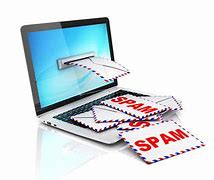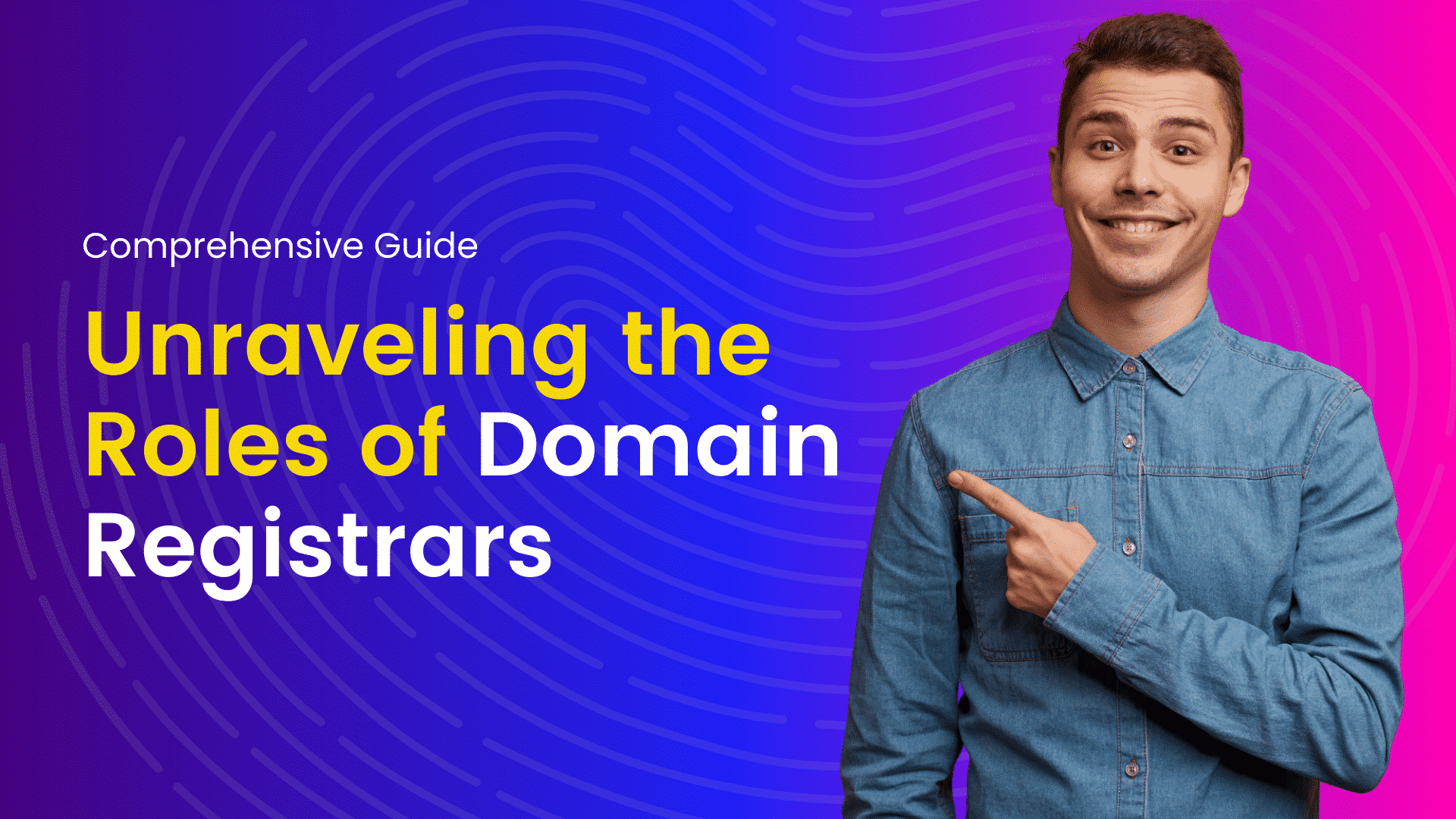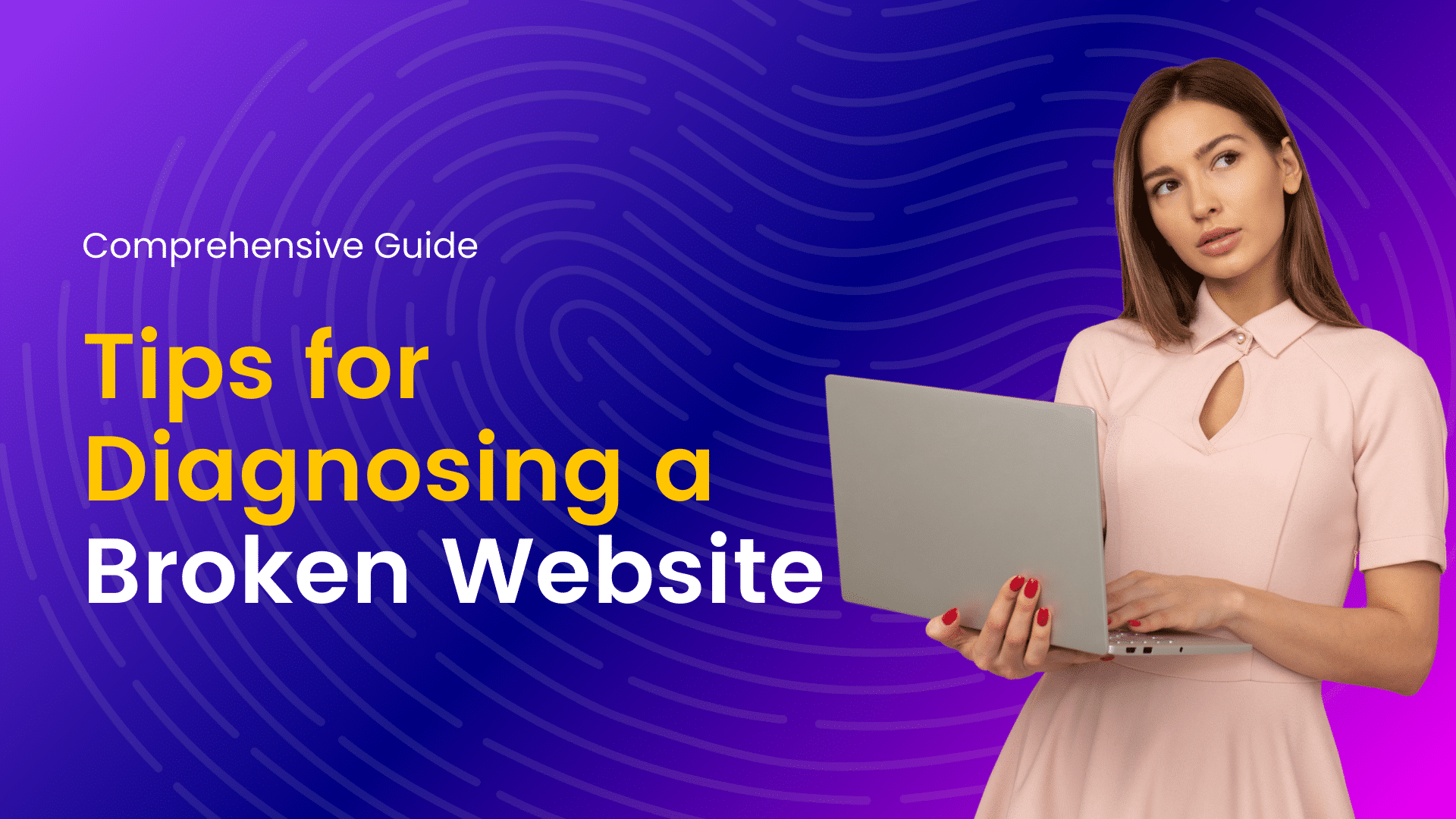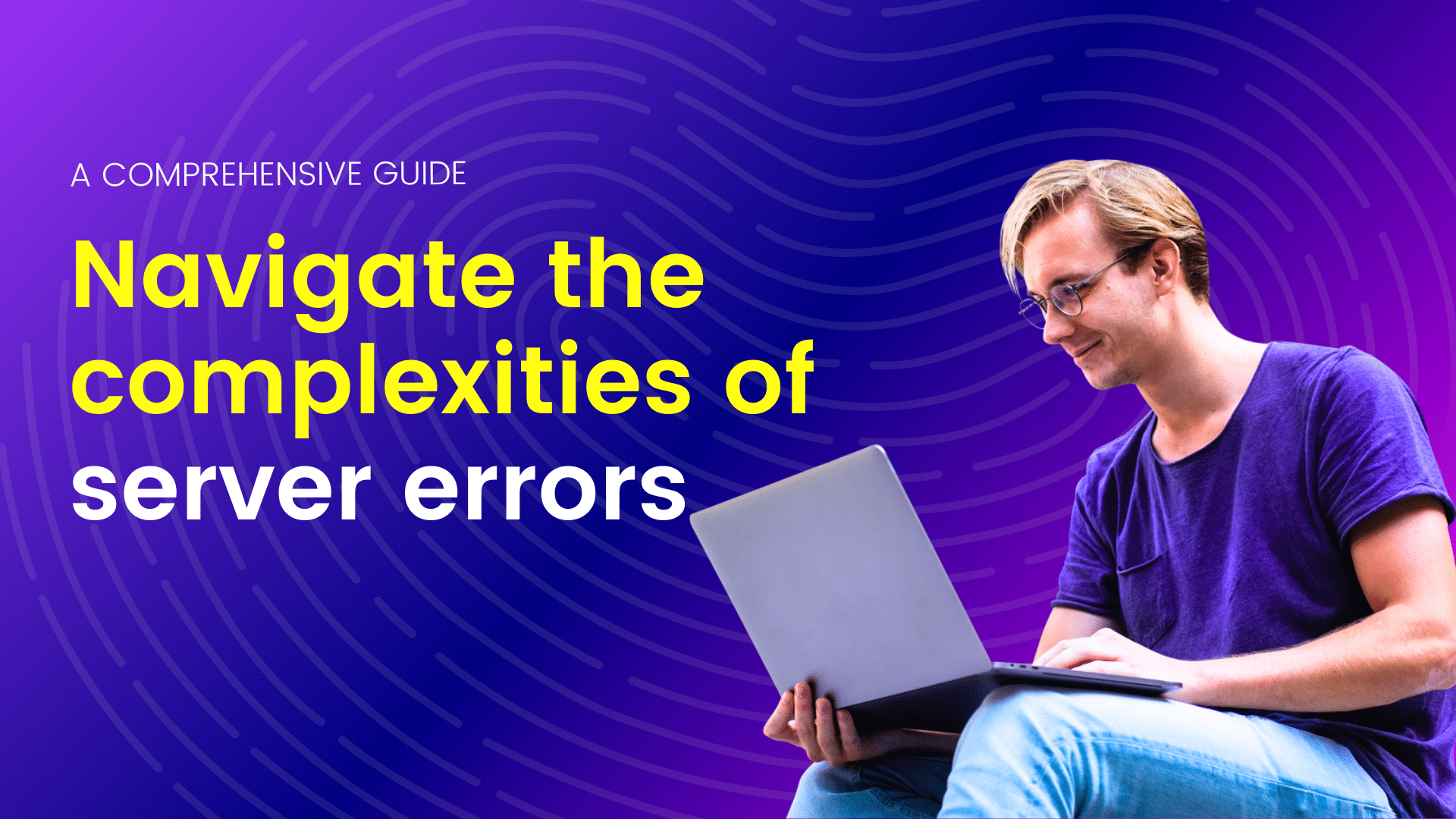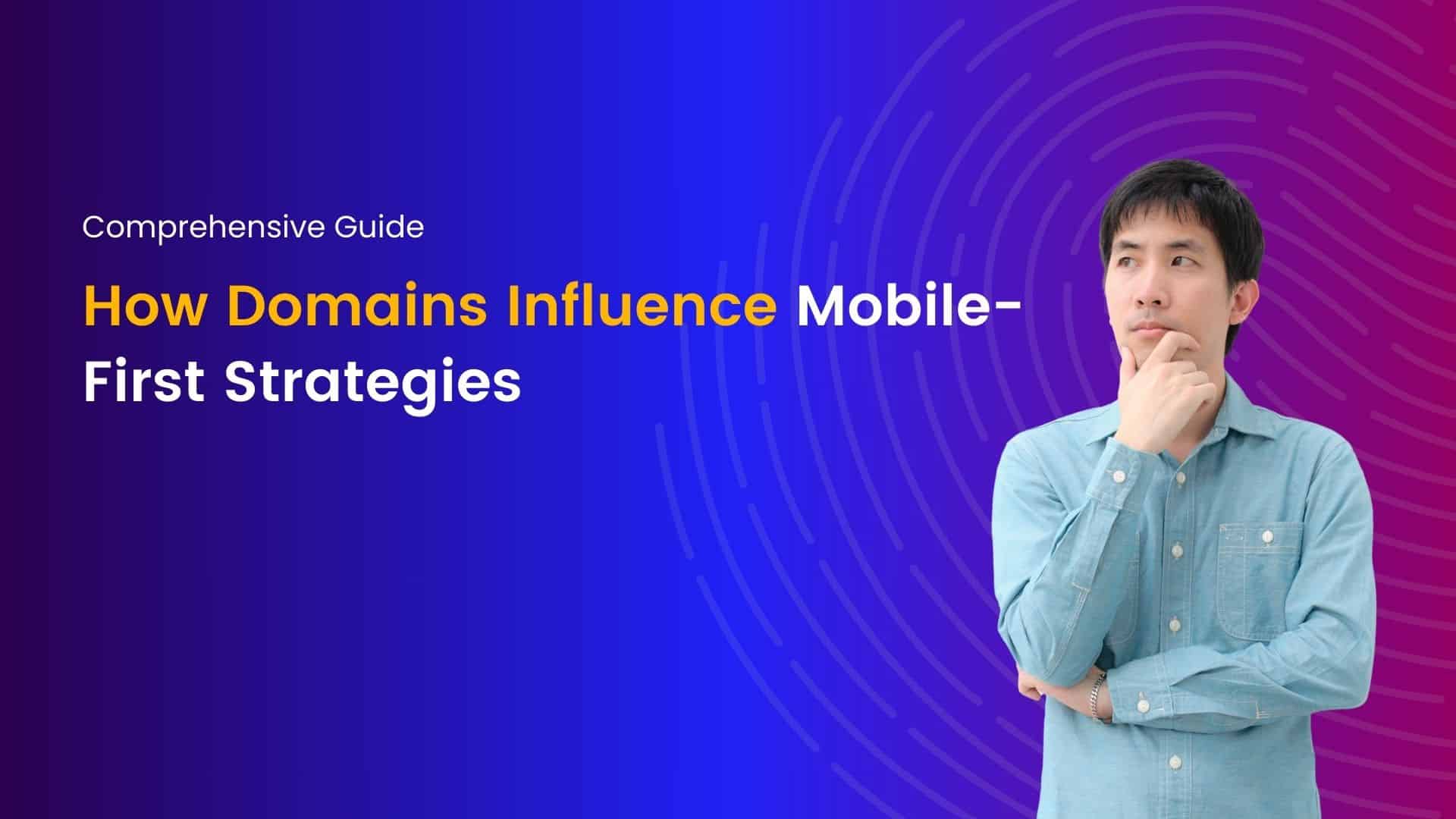In today’s digital age, email is an essential communication tool, but it can also become a source of frustration when your inbox is flooded with unwanted messages. Managing unwanted emails in Gmail effectively can save you time and help you stay organized. This guide will walk you through various strategies to keep your Gmail inbox clutter-free.
Understanding Unwanted Emails
Unchain Your Inbox: Effective Gmail Organization Strategies
Email has become an indispensable communication tool in the modern world, facilitating both personal and professional interactions. However, alongside its benefits, email usage has also brought about the problem of unwanted emails. These unsolicited messages, commonly known as spam, clutter inboxes, consume valuable time, and can pose security risks. Understanding the nature of unwanted emails, their origins, and how to manage them is crucial for maintaining a secure and efficient email environment.
Types of Unwanted Emails
Unwanted emails come in various forms, each with its own characteristics and potential impact:
- Spam Emails: These are unsolicited messages, often sent in bulk, with the primary goal of advertising products or services. Spam emails can range from legitimate marketing attempts to deceptive schemes designed to trick recipients into purchasing goods or services of dubious quality.
- Phishing Emails: Phishing emails are crafted to deceive recipients into revealing sensitive information, such as usernames, passwords, or credit card numbers. These emails often mimic legitimate organizations, creating a sense of urgency or fear to prompt recipients to act quickly.
- Malware Emails: These emails contain malicious software or links to infected websites. Opening an attachment or clicking a link in such an email can result in the installation of malware on the recipient’s device, leading to data breaches, system damage, or unauthorized access.
- Newsletter Overload: While not inherently harmful, an overwhelming number of subscription-based emails can clutter an inbox and make it difficult to identify important messages. These emails often come from companies that recipients have interacted with in the past but no longer wish to receive updates from.
Origins of Unwanted Emails
Unwanted emails typically originate from a variety of sources:
- Automated Email Harvesting: Spammers use automated tools to scrape email addresses from websites, forums, and social media platforms. These harvested addresses are then added to mailing lists for bulk emailing.
- Data Breaches: When organizations experience data breaches, email addresses, along with other personal information, can be stolen and sold on the dark web. Cybercriminals use this data to send targeted spam and phishing emails.
- Purchased Mailing Lists: Some companies purchase mailing lists from third-party vendors. These lists often contain email addresses obtained through questionable means, leading to the recipients receiving unsolicited emails.
- User Actions: Signing up for newsletters, participating in online contests, or providing an email address to untrustworthy websites can result in an influx of unwanted emails. Additionally, clicking on “unsubscribe” links in spam emails can sometimes confirm to spammers that the email address is active, leading to more spam.
Impact of Unwanted Emails
The consequences of unwanted emails can be significant:
- Time and Productivity Loss: Sorting through and deleting unwanted emails can consume a considerable amount of time, reducing overall productivity.
- Security Risks: Phishing and malware emails pose serious security threats, potentially leading to identity theft, financial loss, and system compromise.
- Bandwidth and Storage Consumption: Bulk emails can occupy significant storage space and consume bandwidth, especially for businesses with limited resources.
- Stress and Frustration: Constantly dealing with unwanted emails can cause stress and frustration, negatively impacting an individual’s mental well-being.
Managing and Reducing Unwanted Emails
Effectively managing unwanted emails requires a combination of proactive and reactive strategies:
- Use Spam Filters: Most email providers offer built-in spam filters that automatically identify and move suspicious emails to a separate folder. Regularly review and adjust filter settings to improve accuracy.
- Be Cautious with Email Addresses: Avoid posting email addresses publicly and use disposable email addresses for online sign-ups and subscriptions. Create separate email accounts for personal and professional use.
- Unsubscribe from Unwanted Newsletters: Use the unsubscribe link provided in legitimate newsletters to reduce the volume of subscription-based emails. For persistent senders, consider using email rules to automatically delete or move their messages.
- Enable Two-Factor Authentication (2FA): Protect email accounts with 2FA to add an extra layer of security, making it harder for unauthorized users to gain access even if they have the password.
- Educate and Train: Regularly educate yourself and others about the dangers of phishing and malware emails. Learn to recognize common signs of fraudulent emails, such as suspicious sender addresses, poor grammar, and urgent requests for personal information.
- Report Spam and Phishing: Report spam and phishing emails to your email provider. This helps improve spam filters and protects other users from similar threats.
Using Gmail’s Built-in Tools
Gmail, Google’s popular email service, is known for its user-friendly interface and robust features. While many users rely on Gmail for basic email functions, few are aware of the powerful built-in tools that can enhance productivity, streamline communication, and ensure better organization. In this article, we will explore some of the most useful Gmail tools and how to utilize them effectively.
Labels and Filters
Labels: Labels in Gmail act as tags or categories that you can assign to your emails. Unlike traditional folders, multiple labels can be applied to a single email, making it easier to organize and locate messages.
- Creating Labels: Click on the “Labels” option on the left sidebar, then select “Create new label.”
- Applying Labels: When reading an email, click on the label icon at the top and select the desired label.
Filters: Filters allow you to automatically sort incoming emails based on criteria such as sender, subject, or keywords.
- Creating Filters: Go to the search bar, click on the drop-down arrow, enter your filter criteria, and click “Create filter.”
- Actions for Filters: You can choose to automatically apply labels, archive, delete, star, or forward emails that match your filter criteria.
Smart Compose and Smart Reply
Smart Compose: This feature uses AI to predict and suggest the next part of your sentence as you type. It helps in composing emails faster and reduces grammatical errors.
- Using Smart Compose: Simply start typing your email, and suggestions will appear in gray. Press “Tab” to accept the suggestion.
Smart Reply: Smart Reply provides quick, contextually relevant responses to emails. These are short replies that can save time when responding to routine messages.
- Using Smart Reply: At the bottom of an email, you’ll see suggested replies. Click on one to use it, then customize it if needed before sending.
Tasks and Google Keep Integration
Tasks: Gmail’s integration with Google Tasks allows you to create and manage to-do lists directly from your inbox.
- Creating Tasks: Click on the “Tasks” icon in the right sidebar, then add new tasks.
- Email to Task: Drag an email to the Tasks pane to create a task linked to that email.
Google Keep: Google Keep is a note-taking service that integrates with Gmail, making it easy to create and access notes while handling your emails.
- Using Google Keep: Click on the Keep icon in the right sidebar to access your notes or create new ones.
Gmail Search
Gmail’s search functionality is powerful and allows you to find specific emails quickly.
- Advanced Search: Click on the drop-down arrow in the search bar to use advanced search options, such as searching by date range, sender, subject, and more.
- Search Operators: Use search operators like “from:”, “to:”, “subject:”, and “has
” for precise searches.
Confidential Mode
Confidential Mode adds an extra layer of security by allowing you to set expiration dates and require SMS verification for sensitive emails.
- Using Confidential Mode: When composing an email, click on the lock icon at the bottom of the compose window. Set your expiration date and choose whether to require an SMS passcode.
Schedule Send
Scheduling emails allows you to send them at a later time, which can be useful for reaching recipients in different time zones or for timing your messages strategically.
- Scheduling an Email: After composing your email, click the arrow next to the “Send” button and select “Schedule send.” Choose your desired date and time.
Nudges and Snooze
Nudges: Nudges remind you to follow up on or reply to important emails that you may have missed.
- Activating Nudges: Go to Settings > General and enable the “Nudge” option.
Snooze: The Snooze feature temporarily removes an email from your inbox and makes it reappear at a chosen later time.
- Using Snooze: Hover over the email in your inbox, click the clock icon, and select the snooze time.
Offline Mode
Gmail’s Offline Mode allows you to read, respond to, and search your Gmail messages without an internet connection.
- Enabling Offline Mode: Go to Settings > Offline, then check the “Enable offline mail” box and choose your settings.
Gmail is more than just an email service; it’s a powerful tool for productivity and organization. By leveraging its built-in features such as labels, filters, Smart Compose, Smart Reply, Tasks, Google Keep, advanced search, Confidential Mode, Schedule Send, Nudges, Snooze, and Offline Mode, you can enhance your email management and streamline your workflow. Explore these tools to make the most out of your Gmail experience
Advanced Gmail Settings
Filters and Labels
Creating filters can help automatically manage incoming emails:
- Create a Filter: Click the gear icon (Settings) in the upper right corner, select “See all settings,” and navigate to the “Filters and Blocked Addresses” tab. Click “Create a new filter.”
- Filter Criteria: Enter criteria such as sender’s email address, subject, or keywords.
- Filter Actions: Choose actions like “Skip the Inbox (Archive it),” “Delete it,” “Mark as read,” or apply a label.
Priority Inbox
Gmail’s Priority Inbox automatically sorts your email into different sections:
- Enable Priority Inbox by going to Settings > Inbox > Inbox type, and selecting “Priority Inbox.”
- Gmail will sort your emails into categories like “Important and unread,” “Starred,” and “Everything else.”
Third-Party Tools and Extensions
Several third-party tools and browser extensions can enhance your Gmail experience:
- Unroll.Me: Helps you unsubscribe from unwanted email lists and organizes subscription emails.
- Clean Email: Offers bulk email cleaning and organization features.
- SaneBox: Automatically filters your emails into different folders based on importance.
Best Practices for Managing Your Inbox
Regular Maintenance
Set aside time regularly to clean up your inbox. This can be daily, weekly, or monthly, depending on your email volume.
Use Temporary Email Addresses
When signing up for online services, consider using temporary or disposable email addresses to avoid spam.
Be Cautious with Your Email Address
Share your email address only with trusted sources to minimize the risk of receiving spam.
“Start managing your Gmail inbox effortlessly today with our expert tips and tools for handling unwanted emails. Sign Up Hostao Today“
Conclusion
Managing unwanted emails in Gmail requires a combination of utilizing built-in tools, configuring advanced settings, and adopting best practices. By following the strategies outlined in this guide, you can keep your inbox organized and focused on the emails that matter most. Regular maintenance and proactive management will ensure that you stay in control of your Gmail account, making your email experience more efficient and less stressful.
I'm a tech-savvy writer with a Computer Science degree and web hosting background, contributing to Hostao Blogs. I simplify complex tech topics like web development and cybersecurity. Beyond writing, I'm a tech explorer passionate about digital advancements.


